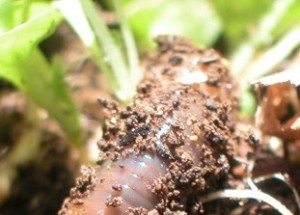
The best types of worms for fishing belong to the largest group of worms on the planet—earthworms. There are more than 2,700 species of earthworm in existence today and they belong to one of several different types of ecological groups including: epigeic, endogeic, and anecic. The groups are based on what the earthworms eat and where they tend to live in the soil. The epigeic group is a litter feeder, litter dweller, pigmented, small in size, and it doesn’t burrow. The endogeic group consists of rich soil feeders, topsoil dwellers, has no pigmentation, burrows horizontally, and it is small in size. The anecic consists of litter and soil feeders, soil dwellers, dorsally pigmented bodies, extensive vertical burrows, and a large size.
Although there are many, one of the most popular types of fishing worm is an epigeic earthworm called the red worm. Red worms are also called: Red Wigglers, Red Wiggler, Brandlings, Earthworms, Earth Worms, Redworms, Manure Worms, Trout Worms, Compost Worms, and Tiger Worms. Red worms are excellent for catching trout, crappie, perch, and bluegill. These are just a few of the types of fish that prefer small baits. Red worms are quite easy to use as bait as they can survive a wide range of temperatures ranging from 38 to 95 degrees Fahrenheit. Once on the hook, the red worm becomes quite active. Red worms can last a long time under water, unlike many other types of earthworms.
Not only are they used for fish bait, red worms are also used for vermicomposting. Vermicomposting is a method of composting food scraps by adding red worms to them in a specially prepared bin or box. In just one day, red worms can consume organic material equivalent to their body weight to produce castings equal to 75 percent of their body weight. Red worms can convert organic materials into high quality humus, which will provide gardens with earthworm castings, which is considered a complete (and powerful) natural fertilizer.
If you want to use red worms for fishing or vermicomposting, you can actually raise them yourself in several easy steps. The great thing about using red worms for composting is you will never run out of them and they are kept alive. Red worms are very productive breeders. They lay one egg capsule every seven days or so and each capsule hatches an average of three to four earthworms. Hatched earthworms typically grow into breeders in roughly three months. The way to keep the red worms productive is to keep them healthy and happy. If you have a roomy bin (a 5-gallon bucket or other container), the best type of “bedding” such as peat moss, water for moisture, and organic materials such as fruit and vegetable peels, your red worms will be well-fed, comfortable, and productive.
General maintenance is also important to the health of your red worms for composting. This means that there are several do’s and don’ts of raising red worms. These include:
·Don’t keep your worm bin in direct sunlight.
·Do keep your worms ideal locations such as the basement, a closet or under the kitchen sink.
·Do lightly toss the bedding every week or two, allowing the bedding at the bottom of the bin to be on the top. This process will allow sufficient oxygen to be throughout the bedding. Remember, red worms absorb oxygen through their bodies.
·Do lightly spray red worm bedding that appears to be getting dry.
To purchase red worms, visit any pet store or fish & bait store. You can also order live red worms through a number of online retailers. Simply use your favorite search engine to find a suitable red worm seller. Use the search phrase “buy red worms.”
All About Worms is always free, always reader-supported. Your tips via CashApp, Venmo, or Paypal are appreciated! Receipts will come from ISIPP Publishing.



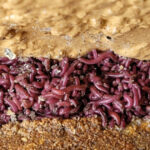
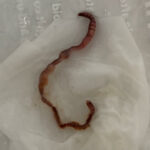
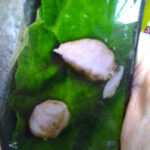
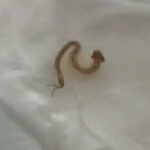

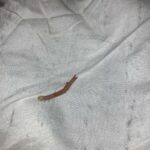

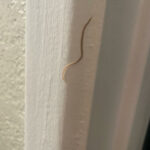

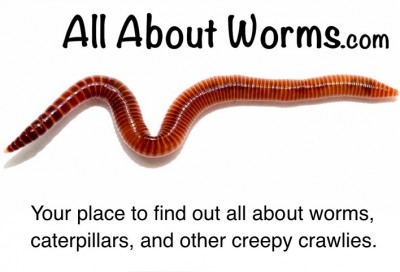
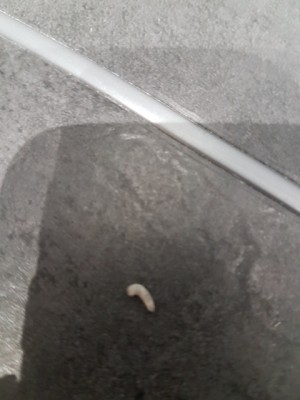
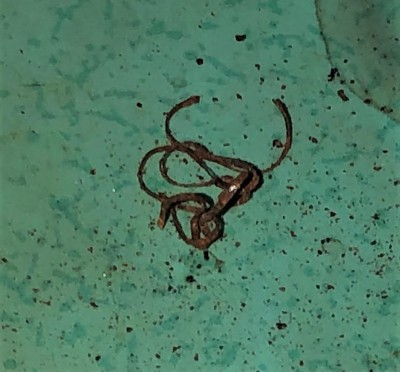


I am wondering what do they class the murray worm as and what do you feed them?